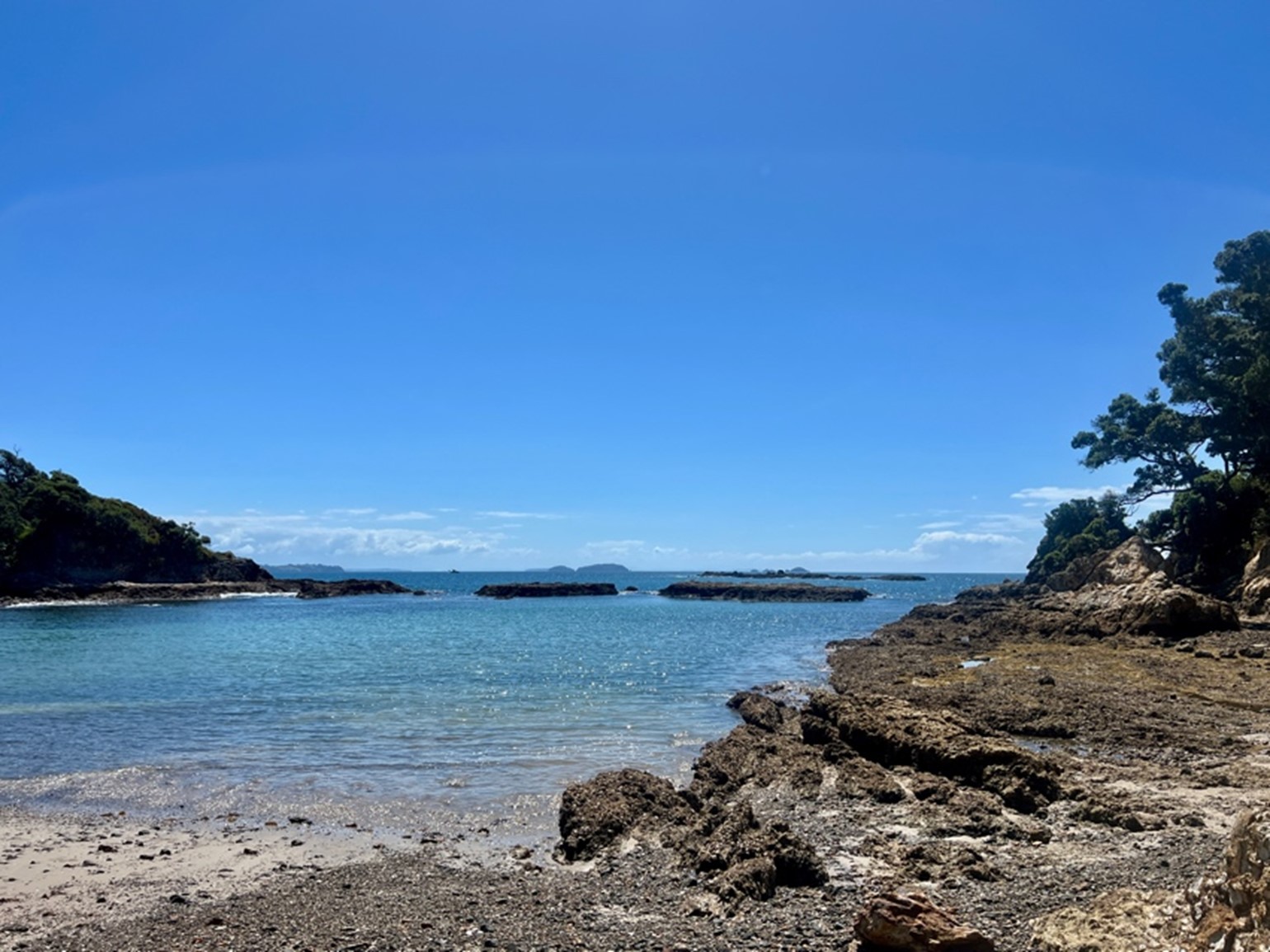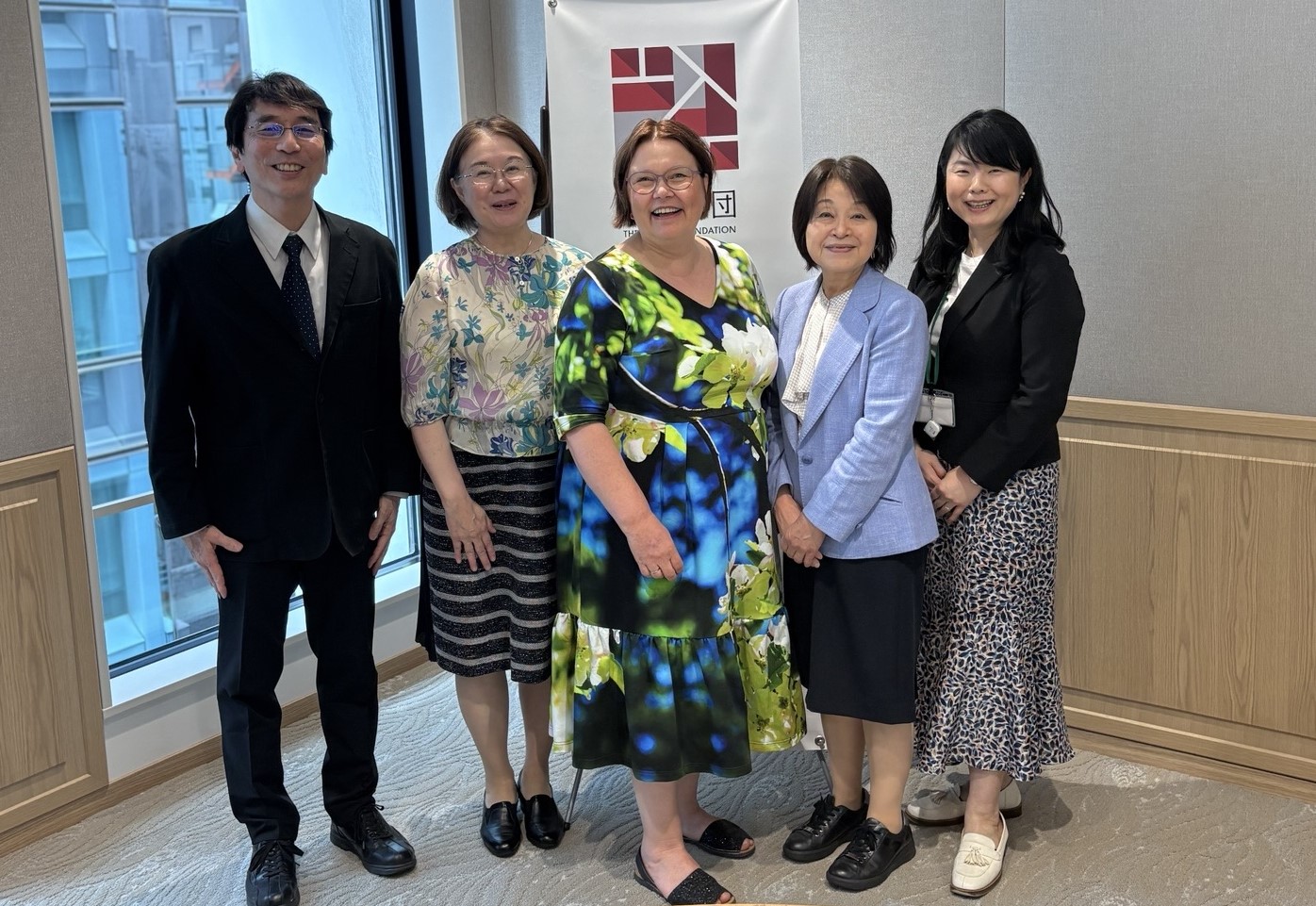Mónica Catarina Soares (University of Coimbra, 2016) argues that far-right movements in Portugal and Argentina are reshaping youth political attitudes through meme-savvy digital strategies and populist messaging that reframe exclusionary nationalism as culturally attractive rebellion.
* * *
Over the past two decades, the world has witnessed a steady and alarming rise in far-right political influence. This phenomenon is not confined to any one region but has emerged as a transnational trend. Portugal and Argentina, two countries with relatively young democracies shaped by recent histories of dictatorship, have both seen a significant increase in far-right support.
In Portugal, the legislative elections held on May 18, 2025, followed the dissolution of a conservative coalition government that came to power in 2024, but which quickly collapsed amid a corruption scandal. The scandal implicated Prime Minister Luís Montenegro and revealed alleged bribery schemes involving a family enterprise currently connected to his wife and son.
Despite the political turmoil, the ruling coalition Aliança Democrática secured 91 of 230 seats in the Assembly of the Republic with the largest vote share of 31.21%. However, the most notable outcome of the election was the continued ascent of the far-right party Chega, which obtained 22.76% of the vote and 60 parliamentary seats—surpassing the Socialist Party (Partido Socialista), which secured only 58 mandates.[1]
Chega has thus become the second-largest political force in Portugal, significantly altering the country’s traditional party system, undermining democratic pluralism, and advancing an exclusionary nationalist agenda.
On the same day, May 18, in Argentina, the far-right coalition La Libertad Avanza won the legislative elections in the Autonomous City of Buenos Aires with 30.1% of the vote. This victory consolidated the position of Javier Milei, an economist-turned-media-personality who became president in 2023 with 55.69% of the vote (14,476,462 ballots cast in his favor).[2] Milei’s rapid rise has transformed Argentina’s political landscape, positioning radical libertarianism as an outlet for social discontent.
Although support for the far right extends across all age groups, it was young people in both Portugal and Argentina who initially structured this rise and who continue to play a central role in far-right discourse. In Portugal, exit polls conducted by Pitagórica[3] in 2025 showed—as in the 2022 and 2024 elections—that individuals aged 25–34 were the most likely to vote for Chega, with approximately 33% backing this party. Similarly, in Argentina, Milei’s support base includes a significant proportion of young people from working-class backgrounds affected by job insecurity and limited educational opportunities.[4]
These patterns raise important questions regarding the ideological realignment of younger generations and the communicative mechanisms employed by far-right movements to engage with them. Since November 2024, I have been conducting research in both countries to explore how digital culture and far-right discourse influence youth political behavior. Specifically, I examine the narratives that resonate with youth sensibilities, the communication styles used by official and unofficial far-right actors on platforms such as TikTok and Instagram, and the extent to which these strategies reshape political imaginaries.
This research uses two primary methods for data collection: (1) expert interviews with political analysts and scholars and (2) a critical digital discourse analysis of far-right content disseminated across social media platforms. While the research is ongoing, the following sections present preliminary findings and interpretive reflections.
The Aesthetic of Rebellion: Why the Far Right Resonates with Youth
A central finding of this study is the far right’s effective appropriation of the aesthetic of rebellion. In contrast to its traditional image as a “dangerous relic of the past,” contemporary far-right communication rearticulates its message through formats that align with styles perceived as attractive and relevant by youth audiences.
On TikTok, Instagram reels, and YouTube shorts, far-right influencers frequently employ irony, irreverent humor, memes, and popular music to attack “woke” values, feminism, LGBTQ+ rights, and progressive causes, which they portray as hegemonic and oppressive. Today, the far right is increasingly perceived as amusing, disruptive, confrontational, and engaged with ordinary people—all characteristics that hold strong appeal for younger audiences.
In Argentina, libertarianism—once marginal in a country shaped by Peronism and progressive social movements—has been reframed as a form of generational rebellion. For many young supporters, Milei’s rhetoric offers a way of rejecting the status quo and challenging the political and social groups that have long held power. As one young supporter stated, “We’re not the spoiled elites of the Propuesta Republicana. We’re spicy—we’re like the Peronists of liberalism” (free translation).[5] This rhetorical positioning casts ultraliberalism as a form of authentic, anti-systemic resistance.
Who, then, embodies all that must be rejected? In Argentina, the answer, according to far-right imaginaries, is a demonized and composite figure referred to as the casta. This term refers to a deliberately vague and malleable amalgam of political elites, public-sector workers, social activists, intellectuals, and welfare recipients—groups portrayed not merely as disconnected from “the people” but as active agents in the nation’s decline.

Meme retrieved from Javier Milei’s official Instagram account. The text reads: “Crystal Clear: Clean Record, The Casta.”
The so-called elites are presented as socially and politically homogeneous, with internal conflicts and tensions deliberately obscured. This homogenized group is then accused of having systematically deceived the population: by obscuring the structural roots of persistent economic crises, by defending redistributive policies that allegedly reward idleness and their privileges, and by imposing victim-centered narratives of past dictatorships that distract people from the supposed historical truth.[6]
Within this revisionist and populist framework, the casta is seen not just as a privileged minority but as a treacherous force—one that has hijacked state institutions for its own benefit and corrupted the moral fabric of the nation.
These tropes are echoed in Portugal with striking consistency in Chega’s messaging. The party persistently calls for a moral and institutional “cleansing” of Portuguese society, targeting those it designates as unproductive or parasitic, a kind of Portuguese casta—namely, immigrants, welfare beneficiaries, and political opponents,[7] among others.
These proposals are framed not as acts of cruelty but as necessary corrections that reflect the frustrations of the “clean record”—especially young men—who feel abandoned, dishonored, and rendered invisible by mainstream institutions. In this way, punitive and exclusionary measures are reframed as moral imperatives and necessary practices, restoring a lost sense of fairness and social hierarchy under the guise of economic and national regeneration.
The TikTok Algorithm
TikTok’s algorithm, like those of other platforms, privileges content that is emotionally engaging, visually dynamic, and easily consumable. Far-right communicators have mastered this environment by crafting charismatic digital personas—sometimes embodied by political figures such as Chega founder André Ventura and Milei themselves—and embedding ideological messages within entertainment-oriented formats. In this context, politics is transformed into a form of micro-entertainment and seamlessly integrated into users’ everyday scrolling practices.
The COVID-19 pandemic played a pivotal role in this transformation. It provided fertile ground for conspiracy theories, anti-state rhetoric, and libertarian fantasies of self-regulation. In Portugal, Chega took advantage of public frustrations with lockdowns and vaccination campaigns, framing state-imposed health measures as authoritarian overreach.[8] In Argentina, Milei released a film titled Pandemonics in which he portrays the pandemic response as an orchestrated scam. The movie ends with a punk-style anthem by Los Pibes Libertarios featuring the following credit lyrics:[9]
To hell with the damn “entrepre-losers”
To hell with the sodomites of capital
No more Keynesian trash
The liberal moment has arrived
We have a leader, a true icon
Who always manages to rattle the state
Javier Milei, future president
Javier Milei, the last punk
Always against the tax-funded pensions
Always against abusive statism
Fighting for a libertarian Argentina
And for the freedom of the working people (free translation)
This narrative resonated with young audiences who experienced the pandemic as a time of frustration, missed opportunities, and alienation. Moreover, far-right content consistently emphasizes that salvation will come through the party leader, who at this time was already portrayed as the president and the last hope in the fight for the country.
In Portugal, too, besides the use of fake news that supports his political views, Ventura’s online presence blends nationalist messaging with casual, trend-aware content—a strategy designed to normalize and sublimate violent political discourse. He shares images featuring a cat from the Chega central office, posts reaction videos, and comments on trending topics in a tone resembling that of a close friend. This form of political parasocial interaction—one-sided emotional bonds between followers and public figures—fosters a sense of intimacy and identification: Ventura appears approachable, authentic, and continuously present in the digital lives of his followers.

Photo retrieved from André Ventura’s official Instagram account.
In a context marked by widespread political disaffection—especially pronounced among working-class youth—far-right digital strategies have successfully cultivated a sense of proximity, immediacy, and responsiveness. Unlike mainstream political parties, which often appear distant, technocratic, and reliant on traditional media or complex political discourse, far-right actors leverage social media platforms to simulate a continuous, direct, and informal dialogue with their followers. This mediated intimacy cultivates a perception of accessibility and responsiveness that traditional political parties often fail to provide, fostering among followers a sense of being heard and represented in real time.
It is important to note that digital engagement is not confined to official politicians or party figures. The far-right online presence often comprises a diverse ecosystem of actors: influencers who engage audiences through more casual or lifestyle-oriented content, thereby broadening the movement’s appeal beyond explicitly political arenas, alongside smaller, fragmented groups, some of which openly promote neo-Nazi ideologies, for example. This multilayer network fosters an environment where radical ideas circulate across both overtly political and seemingly apolitical contexts.
No Future? Rebuilding Hope and Meaning
A recurring theme emerging from my fieldwork is the pervasive sense among young people of being trapped in a present devoid of a future. For many, democratic regimes and progressive political projects have failed to deliver promises of social mobility, dignity, or collective well-being. This widespread frustration, stemming from precarious employment, lack of affordable housing, and a profound sense of systemic marginalization, has driven many youths to seek new sources of meaning that provide both existential purpose and symbolic repositioning within society.
But what exactly do these movements offer to improve the lives of young people? On the surface, they promise status, success, and recognition in a world fraught with insecurities. However, such promises are often deliberately intertwined with ambiguous or confusing prospects for a better life. Notably, the far right does not advocate collective egalitarianism regarding these aspirations for a better life. Instead, its message emphasizes that positive social status depends on becoming an individually productive worker—more disciplined, resilient, but also more ruthless. The fierce struggle against the “caste” demands this stance, as this group is portrayed as perpetually attempting to game the system.
In both countries, young people are urged to rectify the perceived mistakes of their parents and grandparents, who are blamed for creating and sustaining the “caste”—generations allegedly seduced by the false promises of democracy, socialism, communism, or egalitarian reformism, and now dismissed as “things from old people.” It is now their historical mission to finally play the “right card” to overcome exploitation, not by rejecting it but by embracing its most radical and unrestrained form.
The core message is clear: the failure of the past was not capitalism but the resistance to its unrestricted development. The only barrier standing between young people and their dreams of economic and national development is a “leftist impoverishing state” that allegedly hindered the true flourishing of capitalism and compromised their generation. Therefore, the proposed solution is not revolution or reforms but purification: capitalism beyond contestation, legitimized by the fantasy of a liberated, unburdened, neoliberal subject. This vision is framed through masculinized archetypes—the self-made entrepreneur, the tax-resisting hero, the “clean record” citizen, among others.
The Entrenchment of Right-Wing Frameworks
Preliminary findings suggest that we are not witnessing a passing fad but a profound shift in political culture. Far-right movements have succeeded in establishing new common-sense frameworks among youth, particularly through digital media. These frameworks offer emotional gratification, inclusion, and a sense of belonging in a world otherwise experienced as unstable and unjust. Their success is underpinned by effective marketing strategies, often internationally funded and professionally managed, which blend ideological content with viral aesthetics.
While resistance remains—from street protests to media critiques—progressive forces have largely failed to offer compelling counter-narratives capable of matching the emotional and communicative resonance of the far-right.

Graffiti proclaiming that the homeland is not for sale and that people must choose between the homeland and the IMF, painted on barricades near the Casa Rosada, Buenos Aires, April 2025.
This research underscores the need for renewed attention to the ways digital communication reshapes political imaginaries and for urgent rethinking of civic education, digital literacy, and youth political engagement. If far-right discourse has become “the new punk,” then progressive movements must respond not only with better arguments but with more compelling affective and cultural strategies.
The stakes are high. The far right’s caricatured, shallow, and laughable nature have led many to underestimate its power and allowed them to grow enormously, without their true danger being fully acknowledged, in Portuguese and Argentine society, as well as worldwide. However, the history of the twentieth century serves as a stark reminder that this familiar path leads not merely to instability but to the erosion of democratic institutions and the exponential rise of political barbarism. And it is already happening.
Notes
[1] Ministry of Internal Administration, Resultados globais, 2025, accessed June 4, 2025, https://www.legislativas2025.mai.gov.pt/resultados/globais.
[2] National Electoral Directorate, Elecciones 2023: Segunda Vuelta, 2023, accessed June 5, 2025, https://resultados.mininterior.gob.ar/resultados/2023/3/1/0.
[3] Pedro Magalhães and João Cancela, As bases sociais do novo sistema partidário português, 2025, accessed June 4, 2025, https://www.pedro-magalhaes.org/as-bases-sociais-do-novo-sistema-partidario-portugues-2022-2025/.
[4] Ezequiel Ipar, “La rabia grita derecha,” Le Monde Diplomatique (edición 289), 2023, accessed June 6, 2025, https://www.eldiplo.org/283-por-que-la-derecha-conquista-a-los-jovenes/la-rabia-grita-derecha/.
[5] Melina Vázquez, “Los picantes del liberalismo: Jóvenes militantes de Milei y ‘nuevas derechas,’” in Está entre nosotros: ¿De dónde sale y hasta dónde puede llegar la extrema derecha que no vimos venir? edited by Pablo Semán, 2023, 81–122.
[6] Hernán Confino and Rodrigo Tizón, Anatomía de una mentira: Quiénes y por qué justifican a la represión de los setenta, Buenos Aires: Fondo de Cultura, 2024.
[7] Mariana Mendes, “Enough of What? An Analysis of Chega’s Populist Radical Right Agenda,” South European Society and Politics 26, no. 3 (2021): 329–353.
[8] Mónica Soares and Marcela Uchôa, “Is It Just about a Renewed Conspiracy? Endorsement of a Far-Right Subjectivity in Portuguese Movements against Covid-19 Sanitary Control Measures,” Journal for the Study of Radicalism 18, no. 1 (2024): 181–208.
[9] Valentina Di Croce, El Arca de Milei: ¿Cómo y con quién construyó su poder? Buenos Aires: Futurock Ediciones, 2024.

























